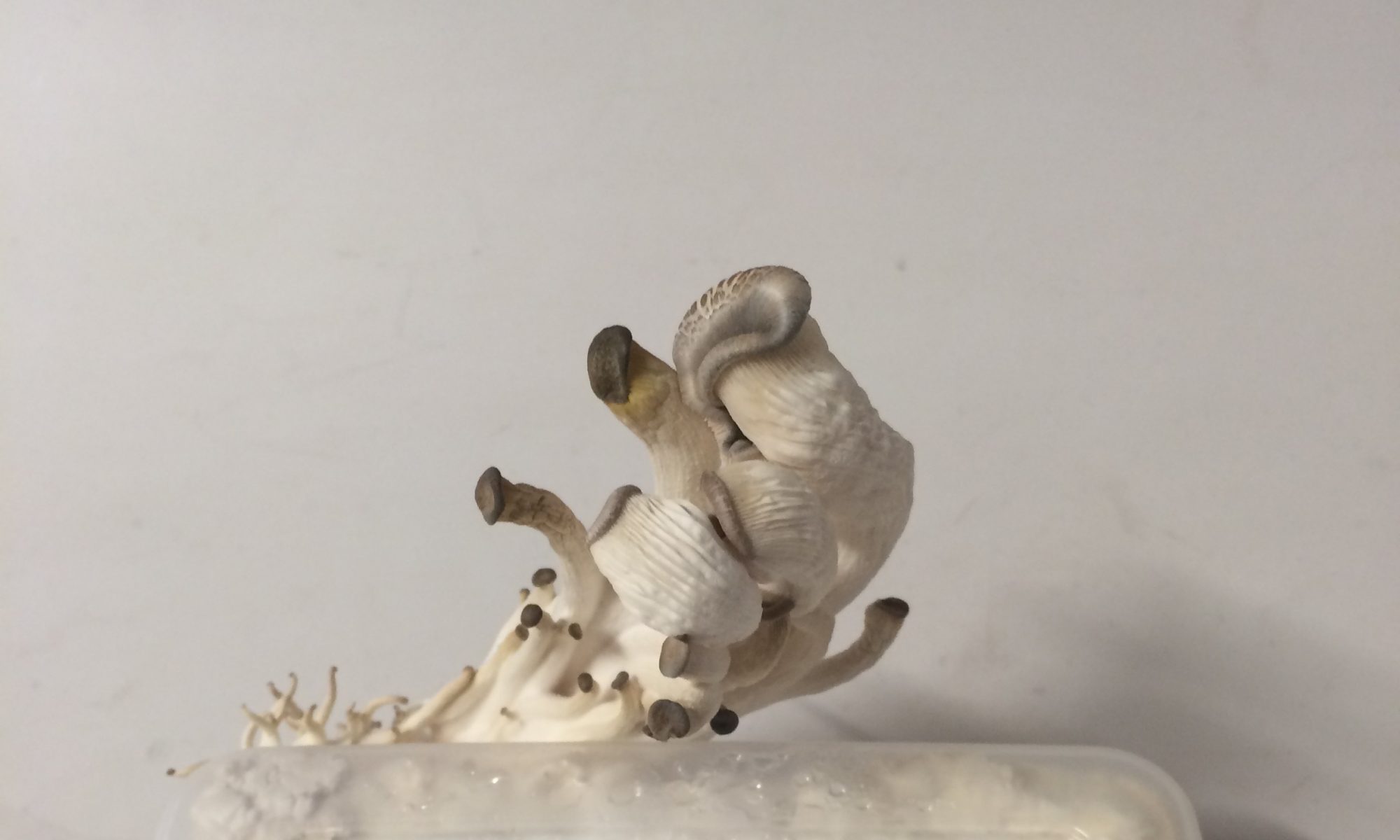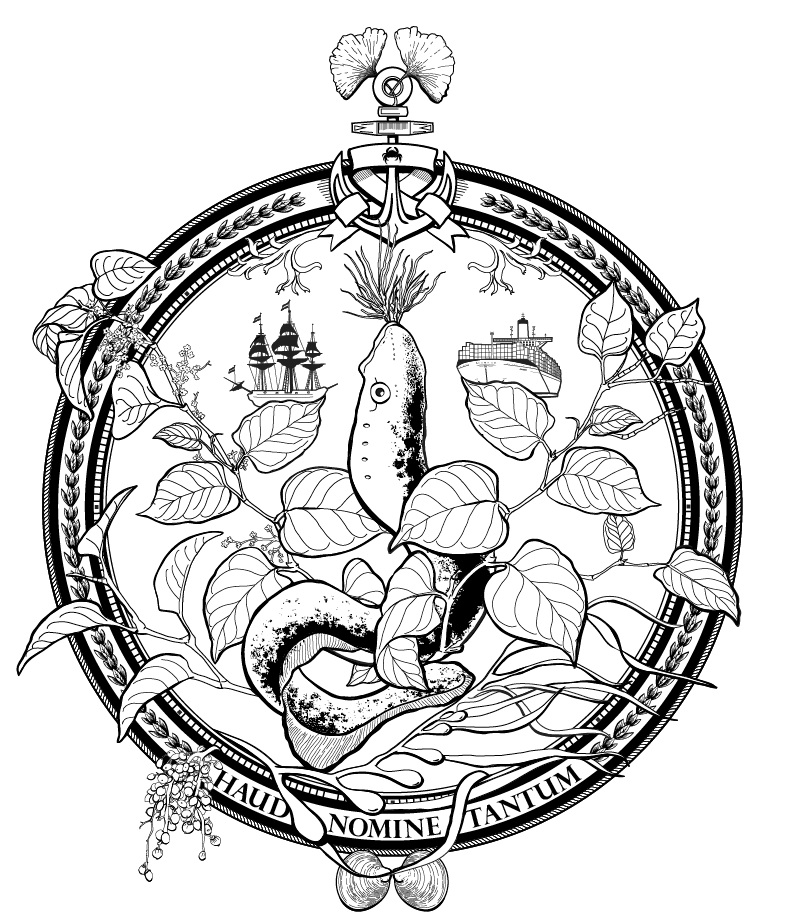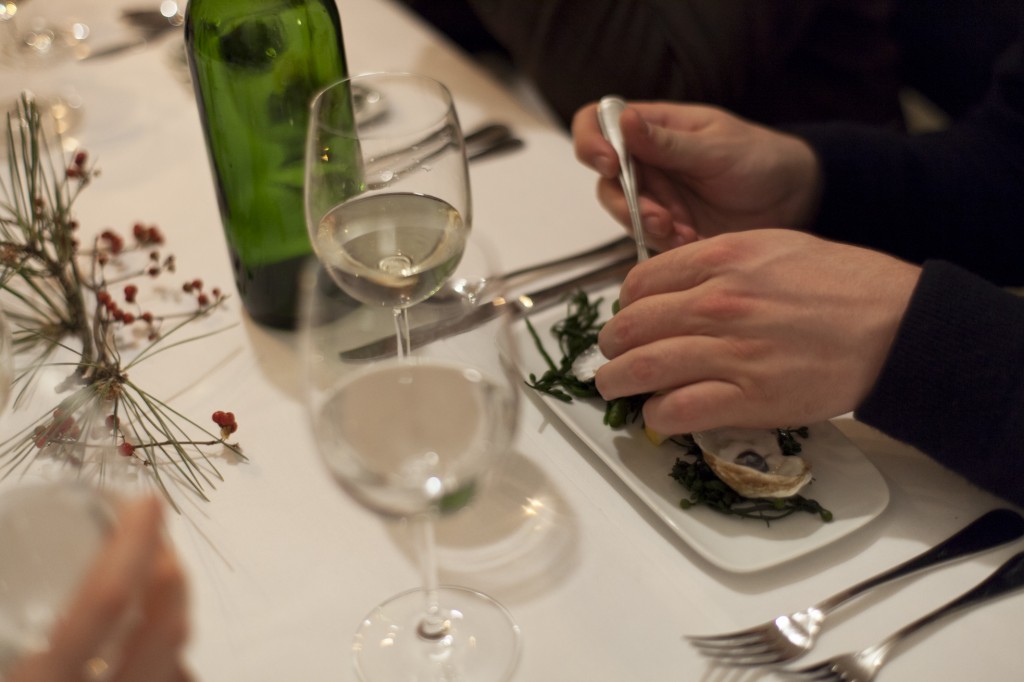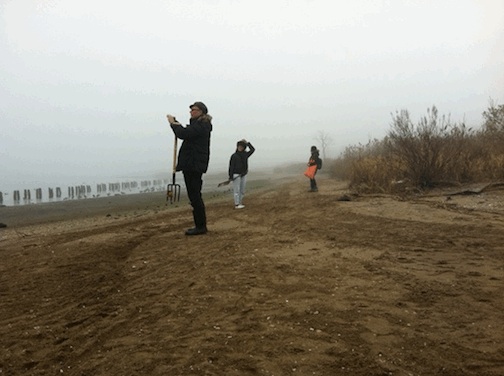It is not only out of arrogance that Westerners think they are radically different from others, it is also out of despair, and by way of self-punishment. They like to frighten themselves with their own destiny. Their voices quaver when they contrast Barbarians to Greeks, or the Center to the Periphery, or when they celebrate the Death of God, or the Death of Man, the European Krisis, imperialism, anomie, or the end of the civilizations that we know are mortal. Why do we get so much pleasure out of being so different not only from others but from our own past? What psychologist will be subtle enough to explain our morose delight in being in perpetual crisis? Why do we like to transform small differences in scale among collectives into huge dramas?Bruno Latour – We Have Never Been Modern
“”The apocalypse,” wrote the German poet and essayist Hans Magnus Enzensbergerin 1978, “is aphrodisiac, nightmare, a commodity like any other … warning finger and scientific forecast … rallying cry … superstition … a joke … an incessant production of our fantasy … one of the oldest ideas of the human species. Its periodic ebb and flow … has accompanied utopian thought like a shadow.”It is haunting us again. A sense of doom dominates recent films such as Melancholia, in which a vast unknown planet suddenly appears from behind the sun and converges inexorably on Earth; and Take Shelter, about a taciturn American Everyman, living quietly with his family somewhere on the suburban plains, who starts dreaming extravagantly about devastating coming storms and social breakdown. There is doom television, such as the BBC1 series Survivors, a post-apocalyptic soap opera that ran from 2008 to 2010, about the struggles of ordinary Britons after a deadly flu pandemic. There is doom literature, from the exhaustingly erudite – Living in The End Times, by the Slovenian superstar philosopher Slavoj Žižek – to the more digestible – The Coffee Table Book of Doom, by Steven Appleby and Art Lester, published in time for this Christmas, and complete with cute cartoons and would-be wry discussions of the likelihood of an asteroid strike or global food shortage or “supersize hurricane”. There is doominess in pop music, not just in the usual genres such as metal, but on the fashionable fringes of dubstep and techno, where the much blogged-about young record label Blackest Ever Black issues echoing, funereal instrumentals with titles such as We Must Hunt Under The Wreckage Of Many Systems.There is an ever louder babble of apocalypse-predicting subcultures, amplified and partly sustained by the internet: peak-oil doomers, who believe the world’s energy supplies will collapse and mass famine will follow; Christians who anticipate an imminent day of rapture when believers will ascend to heaven and non-believers will perish; interpreters of the ancient Maya calendar who, contrary to mainstream scholarship, are convinced that the world will end on 21 December 2012; and traditional survivalists, stockpiling tinned goods and constructing rural “survival retreats” to sit out armageddon, who in recent years have been more active than for decades, according to one of their gurus, James Wesley Rawles, American author of the 2009 bestseller Patriots: A Novel of Survival in the Coming Collapse. This autumn, as the estimated world population passed seven billion, an earlier prophet of doom, Paul Ehrlich, co-author of the 60s and 70s bestseller The Population Bomb and professor of population studies at Stanford University in California, resurfaced in the British press to warn that demand for the planet’s resources would soon decisively exceed supply. “Civilisations,” he reminded this newspaper, “have collapsed before.””



